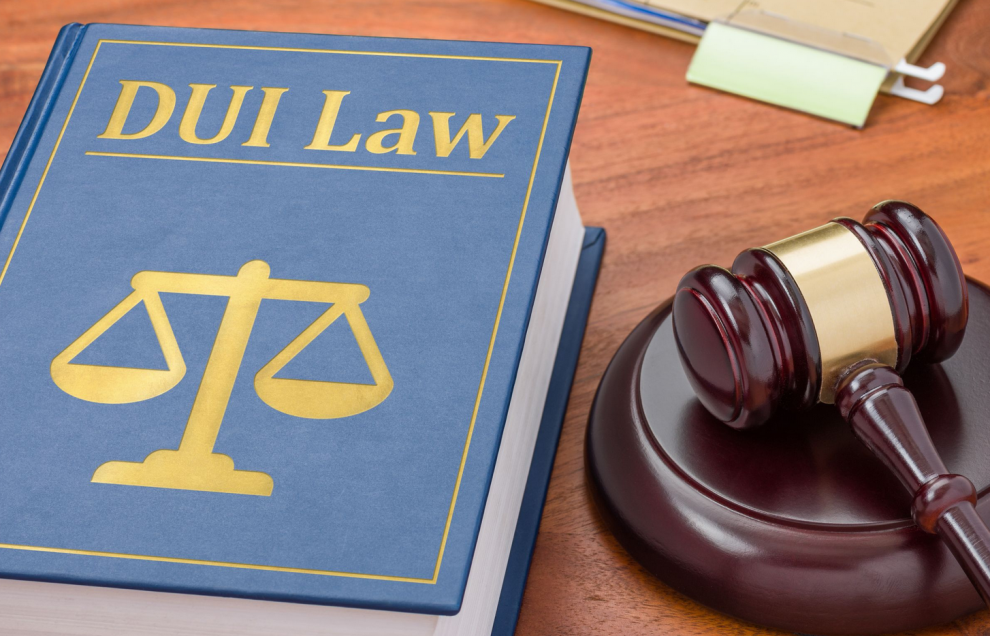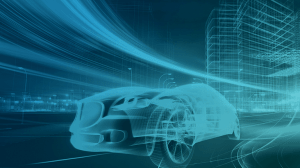Car accidents can range from merely annoying fender benders to potentially deadly high-speed crashes. But in just about every case, it becomes a source of major frustration as you deal with insurance while getting your vehicle fixed and maybe even recovering physically. Your insurance company will be very interested in one thing in particular — who exactly was at fault in the crash.
In the past, this may have been a murky business. Insurance investigators had to interview witnesses, compare stories, and ultimately judge which explanation was the most credible. But in recent years, technology has changed the game when it comes to your car accident claim. So let’s take a closer look at what you need to know before your next crash or fender bender.
The Insurance Investigation Process And Why Tech Matters
If you’ve never been in a car accident before, it can be a jarring process — and not just physically. Once you’ve gotten over the shock of the incident and sized up the damage to your car or harm to yourself, you’ll most likely need to go through the insurance claim process. This is true whether you file a claim yourself or even if another person involved files a claim with their insurance company.
Insurance investigators will want to interview you, your passengers, any other people involved, and any witnesses. This is done to determine precisely what occurred to cause the accident. Based on this information, they’ll make a determination as to who was at fault. This is a crucial decision. If you’re found to be at fault, you may face increased insurance premiums going forward or other financial or legal liabilities.
Therefore, it’s in your best interest to supply as much evidence as possible to prove you weren’t at fault (if that’s indeed the case.) While investigators do their best to reconstruct the crash from statements, there’s no better proof of what occurred than actual video or photos.
That’s where the recent explosion in camera technology comes in. Through a wide variety of forms, camera footage can provide definitive evidence that speeds up your claim and proves the role of everyone involved. Here are some of the most common forms.
Dash/Rear View Cams
Dashcams may once have been limited to taxi drivers or those driving in more dangerous parts of the world. However, they’ve become increasingly common as prices have plummeted in recent years. Dashcams can be mounted on your dashboard or windshield and constantly record footage of your drive. Many record over footage after a specified period of time to maintain a manageable amount of storage.
Their biggest benefit is that because they’re always on, they’ll almost always have some valuable evidence regarding the moments leading up to, during, and after the accident. While they’re relatively affordable, they still require you to purchase some extra equipment. Therefore, they might be best for those who drive professionally or frequently.
Alternatively, many newer cars come equipped with rearview or backup cameras. However, very few of them possess the ability to record. Check your vehicle specifications to see whether recording features are included on stock equipment.
Traffic Cameras (Public and Private)
These days, many major highways, intersections, and other highly-trafficked roads are lined with traffic cameras. These cameras are either operated by government entities or privately owned. Public traffic cameras are operated by state and local governments for a variety of reasons, from traffic management to weather observation. In the event of a crash that may have been witnessed by one of these cameras, you may be able to obtain the footage by reaching out to the relevant agency.
Privately operated traffic cameras are rarer but also exist in some spots. These are typically placed by local news organizations or sometimes schools or other organizations for their own usage. Reaching out to these groups may also provide footage of the accident in some cases.
Security Cameras
Private companies have been using security cameras for decades. But recent years have seen camera prices decrease and video quality increase, leading even some skeptical businesses to install them. Any exterior cameras in the area of the accident may have caught the incident on tape or perhaps reveal important context leading up to or afterward the crash.
It’s critical to reach out to these businesses quickly before any footage is recorded over or erased. They may or may not be cooperative, as their video recordings are their private property. Still, they can be a vital part of helping your claim move smoothly through the process by providing numerous alternate angles of accidents.
On The Scene Witnesses
We live in a social media age, where nearly everyone on the street has a high-quality photo and video camera in their pocket at all times. In the event of an accident, bystanders may have taken pictures or videos that reveal the immediate aftermath of the crash, something that can be very helpful to insurance companies in establishing fault.
In rare cases, the accident itself may be caught on video by someone nearby. It may not be top of mind, but try to get the contact information of any third-party witnesses to the accident. You can reach out to them later if you need additional potential evidence for your claim.
Use Tech To Your Advantage In Your Next Claim
When it comes to insurance and investigating car wrecks, the old days are most certainly over. While you may think of tech mainly as the newest gadgets or social networks, simple, everyday devices have dramatically changed the game for determining fault. Keep these crucial items in mind, and you’ll have greater success supporting your claims of exactly what happened in the aftermath of an accident.






